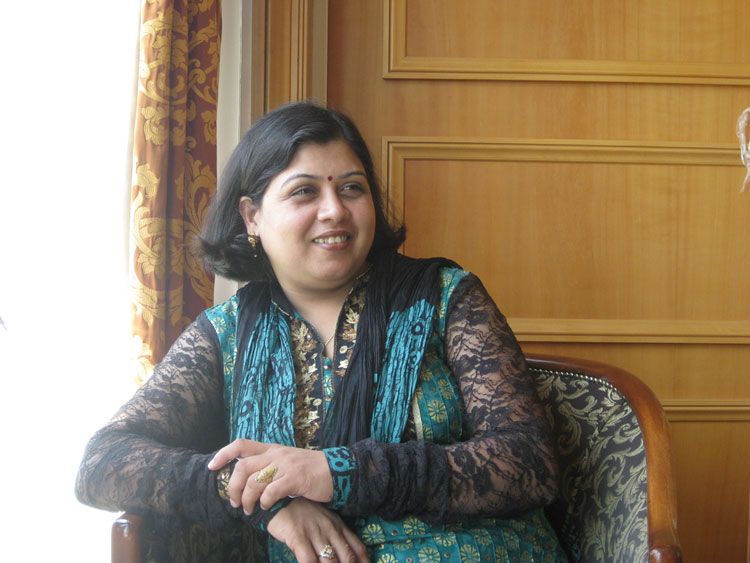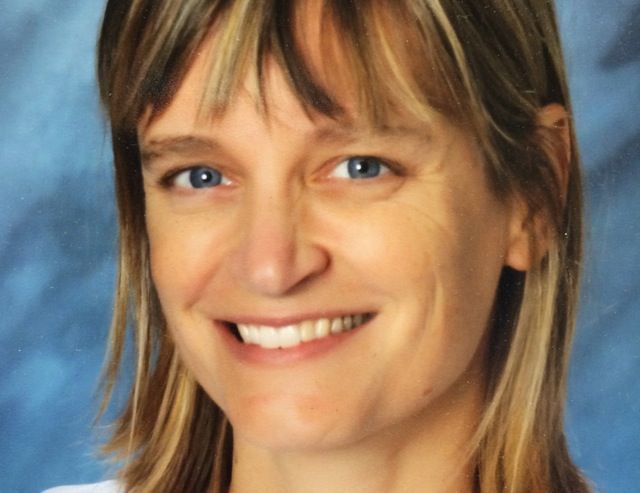 The most significant announcement that Apple made in 2014 wasnt a larger-sized iPhone. It was that Apple is entering the health-care industry. With HealthKit, it is building an iTunes-like platform for health; Apple Watch is its first medical device. Apple is, however, two steps behind Google, IBM, and hundreds of startups. They realized much earlier that medicine is becoming an information technology and that the trillion-dollar health-care market is ripe for disruption.
The most significant announcement that Apple made in 2014 wasnt a larger-sized iPhone. It was that Apple is entering the health-care industry. With HealthKit, it is building an iTunes-like platform for health; Apple Watch is its first medical device. Apple is, however, two steps behind Google, IBM, and hundreds of startups. They realized much earlier that medicine is becoming an information technology and that the trillion-dollar health-care market is ripe for disruption.
My prediction is that 2015 will be the year in which tech takes baby steps in transforming medicine. The technologies that make this possible are advancing at exponential rates; their power and performance are increasing dramatically even as their prices fall and footprints shrink. The big leaps will start to happen at around the end of this decade.
The health devices that companies such as Apple, Microsoft, and Samsung are developing are based on MEMS sensors, which are one of the exponential technologies. These enable the measurement of things such as heart rate, temperature, blood pressure, and activity levels and can feed data into cloud-based platforms such as HealthKit. They will be packaged in watches, Band-Aids, clothingand contact lenses. Yes, Google announced in January that it is developing a contact lens that can measure glucose levels in a persons tears and transmit these data via an antenna thinner than a human hair. In July, it said that it was licensing the technology to Novartis, enabling it to market it to people with diabetes.
We will soon have sensors that monitor almost every aspect of our bodys functioning, inside and out.
Advances in Microfluidics are making possible the types of comprehensive, inexpensive diagnostics that Theranos is developing. In a single drop of blood, it can test for things such as cancer, cholesterol, and cocaine. Newer technologies coming from nanobiophysics will soon make Theranos obsolete by providing immediate analysis at the point of care, rather than in a laboratory as Theranos does. One of the most promising of these, from Nanobiosym, isGene-Radar,a portable nanotechnology platform that uses biological nanomachines to rapidly and accurately detect the genetic fingerprints of organisms. It will enable the detection of diseases such as HIV and Ebola and deliver the results to a mobile device within minutesfor a hundredth of the cost of conventional tests.
By combining these data with our electronic medical records and the activity and lifestyle information that our smartphones observe, Artificial Intelligence-based systems will monitor us on a 24 x 7 basis. They will warn us when we are about to get sick and advise us on what medications we should take and how we should improve our lifestyle and habits. Watson, the technology that IBM developed to defeat human players on the TV show Jeopardy, has already become capable of diagnosing cancer more accurately than human physicians can. Soon it will be better than humans are in making every diagnosis.
With the added sensors andthe apps that tech companies will build, our smartphone will become a medical device akin to the Star Trek tricorder. Indeed, there are already ten finalists for the $10 million Qualcomm XPRIZE to build a device that can “diagnose patients better than or equal to a panel of board certified physicians”. Watching one of these, Scanadu, in action, I have little doubt that we will see many revolutionary technologies by the time XPRIZE winners are selected in early 2016.
With health data from millions of patients, technology companies will be able to take on and transform the pharmaceutical industrywhich works on limited clinical-trial data and sometimes chooses to ignore information that does not suit it. These data can be used to accurately analyze what medications patients have taken, to determine which of them truly had a positive effect; which simply created adverse reactions and new ailments; and which did both.
And then there is the genomics revolution. The cost of sequencing a human genome has fallen from $100 million in 2001 to about $1000 today and will likely cost as much as a blood test by the end of this decade. What this means is that the bits and bytes that make up a human being have been deciphered; for all intents and purposes, we have become software.
Genome analysis is already being used to guide the treatment of cancers of the brain and the breast. Eric Green, director of the National Human Genome Research Institute, explained to me that a decade ago, scientists focused on using DNA-sequencing and computational technologies to interpret the genome and understand its biology. Now they are using them to improve diagnostics, medicines, and clinical practice. Green predicts that, before long, doctors will tailor treatment for diseases on the basis of an individuals genomic information. This is what becomes possible by understanding the correlation between genome, habits, and disease.
That is why Google and Amazon are competing to offer a repository for genomics. They are charging practically nothing ($25) to store your genomeso that they can peek at the data just as they peek at your emails and web searches.
Google is, as well, developing nanoparticles that combine a magnetic material with antibodies or proteins that can attach to and detect cancers and other molecules inside the body and notify a wearable computer on the wrist.
Entrepreneurs ambitions extend, however, far beyond diagnosing and curing disease.
Craig Venter, who was a pioneer of genomic sequencing, announced,in March, that he was starting a company, Human Longevity, to develop cell therapies using genomics to extend the healthy lifespan of humans. And Google has made a significant investment in a company called Calico to research diseases that afflict the elderly, such as neurodegeneration and cancer. It wants to understand ageing and, ultimately, extend life.
In an emerging field of synthetic biology, which allows the writing of DNA, researchers are creating new organisms and synthetic life forms. Entrepreneurs have developed software tools to design new organisms. As scary and risky as this may be, they are designing new drugs, therapeutic vaccines, and microorganisms. They hope to completely eradicate deadly diseases.
Tissue-engineering and 3D-printing technologies are beginning to merge and make possible the printing of personalized organs and modification of the human body. Imagine exoskeletons and bionic enhancements of strength, vision, and hearing as we saw in the 70s TV series The Six Million Dollar Man. This too is becoming possible.
Perhaps the greatest leap of all is being attempted by Google. It is learning how the human brain works. One of its chief scientists, Ray Kurzweil, is bringing to lifethe theory of intelligence expounded in his bookHow to Create a Mind. He believes that we will be able to enhance our intelligence with technology and back up our brains to the cloud.
2014 marked an inflection point in the technology curve for medicine. It isnt yet clear which technology advances will indeed affect humanity and which will be nothing more than cool science experiments. What is clear is that we have entered an era of acceleration and that there is much promiseand perilahead.
Link too article on Wall Street Journal’s website
| About Author | |

|
Vivek Wadhwa is Vice President of Innovation and Research at Singularity University; Fellow, Arthur & Toni Rembe Rock Center for Corporate Governance, Stanford University; Director of Research at the Center for Entrepreneurship and Research Commercialization at the Pratt School of Engineering, Duke University; and distinguished visiting scholar, Halle Institute of Global Learning, Emory University. He is author of ”The Immigrant Exodus: Why America Is Losing the Global Race to Capture Entrepreneurial Talent”–which was named by The Economist as a Book of the Year of 2012. Wadhwa oversees the academic programs at Singularity University, which educates a select group of leaders about the exponentially growing technologies that are soon going to change our world. These advances—in fields such as robotics, A.I., computing, synthetic biology, 3D printing, medicine, and nanomaterials—are making it possible for small teams to do what was once possible only for governments and large corporations to do: solve the grand challenges in education, water, food, shelter, health, and security. |
Website: http://wadhwa.com/2015/01/09/how-technology-will-eat-medicine/
Disclaimer: Please use this channel at your own discretion. These articles are contributed by our users. We are not responsible or liable for any problems related to the utilization of information of these articles.











